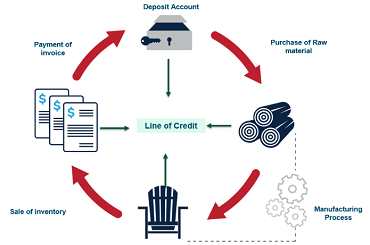The micro, small and medium enterprises are the backbone of economic development in India. They are the incubators for talent, innovation and entrepreneurial spirit, which is essential for the country's development. Indian SME sector contributes 45% of the industrial output, 40% of the country's total exports, employs over 60 million people, creates 1.3 million jobs every year and produces more than 8,000 quality products for the domestic and international markets. With approximately 30 million SMEs in India, around 12 million people are expected to join the workforce in the next three years with the sector growing at a rate of 8% a year.The major hindrance in the expansion of SMEs is the unavailability of sufficient and timely funds to finance their growth plans. Banks have been making steady strides to bridge this gap. But the approach followed by banks to funding is restrictive as they create value by controlling and managing risk. In any loan application for a business, a bank has to necessarily evaluate the risks involved, gauge collateral support and the methods to mitigate those risks. There is a huge amount of paperwork involved and the process is cumbersome. Therefore, it is not always possible for an entrepreneur to satisfy all requirements and conditions the bank might pose. The above listed methods of financing are primarily debt financing, as sources of equity funding remain elusive in India.
Articles
Solve funding issues to finance SMEs growth plans in India

Jul 02, 2014


















